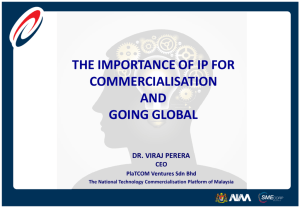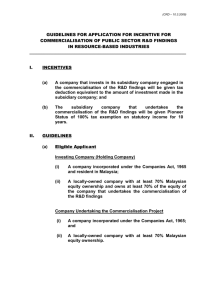NRF PROOF-OF-CONCEPT GRANT
advertisement
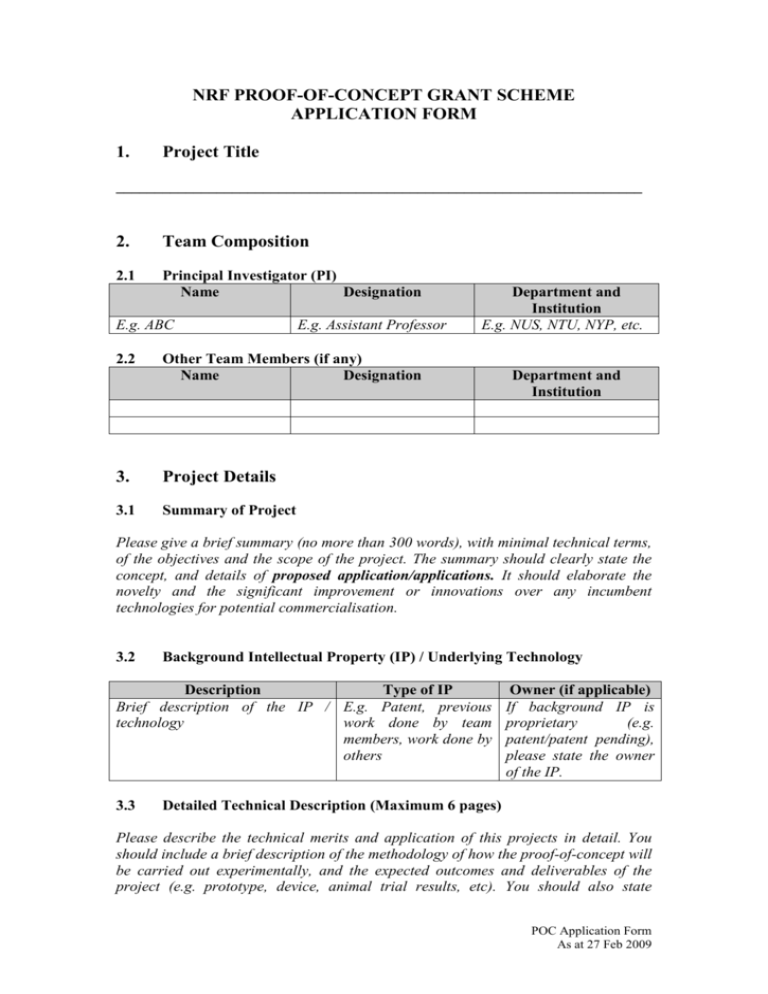
NRF PROOF-OF-CONCEPT GRANT SCHEME APPLICATION FORM 1. Project Title ____________________________________________________________________ 2. Team Composition 2.1 Principal Investigator (PI) Name Designation E.g. ABC 2.2 E.g. Assistant Professor Department and Institution E.g. NUS, NTU, NYP, etc. Other Team Members (if any) Name Designation 3. Project Details 3.1 Summary of Project Department and Institution Please give a brief summary (no more than 300 words), with minimal technical terms, of the objectives and the scope of the project. The summary should clearly state the concept, and details of proposed application/applications. It should elaborate the novelty and the significant improvement or innovations over any incumbent technologies for potential commercialisation. 3.2 Background Intellectual Property (IP) / Underlying Technology Description Type of IP Brief description of the IP / E.g. Patent, previous technology work done by team members, work done by others 3.3 Owner (if applicable) If background IP is proprietary (e.g. patent/patent pending), please state the owner of the IP. Detailed Technical Description (Maximum 6 pages) Please describe the technical merits and application of this projects in detail. You should include a brief description of the methodology of how the proof-of-concept will be carried out experimentally, and the expected outcomes and deliverables of the project (e.g. prototype, device, animal trial results, etc). You should also state POC Application Form As at 27 Feb 2009 succinctly how your technology is better than the current state of the art (i.e. your secret sauce). To incorporate “Technology Readiness” here if applicable 3.4 Project Milestones Describe specific project development in terms of “project months or weeks” such as fabrication, testing, refinement, field tests, etc. Start e.g. Month 0 Month 2 3.5 End Month 2 Month 6.5 Budget Manpower - Number and type of manpower (e.g. research assistants) Equipment - List of equipment and accessories OOE - Breakdown of items Total 4. Description S$ S$ S$ S$ Commercial Viability Assessment Path to Commercialisation and Commercial Potential Please provide details on the preferred “path to commercialisation” 1 – i.e. the expected product/service that is to be developed, how the team expects to get there (e.g. licensing the technology, or forming a start-up) and an estimated timeline for the commercialisation to take place. Highlight the aspects of this work that would attract investors or companies to develop the prototype or product from this POC work into a commercial entity. 1 Which is essentially a process or cycle of introducing a new product into the market. This includes the need to consider how the prototype or device can successfully enter the market in a sustained, and longterm manner. It should also consider the likely customers or users of this new technology. POC Application Form As at 27 Feb 2009 4.1 Market Assessment The team should perform a simple market assessment by answering the questions in the table below. It should consider the initial market (i.e. who the first customers of the product/service will be). If the technology has broad applications, the team should elaborate on these, and make a market assessment of the broader market that the technology could be developed form. Market Segment Application Market Potential 4.2 Who is your potential customer? What problem does your technology solve for your customer? What is the estimated size of your market? Competitors Please provide details of some potential competitors in the same/similar market space in the following table. (Note: We do not expect applicants to perform an extensive analysis of the market for potential competitors. What is expected is for applicants to conduct a simple online search, which would also help applicants to familiarize themselves with the market and the competitors.) The team should also compare the team’s technology/concept to be developed with that of the competitors’ (i.e. how the team’s technology is better, and what weaknesses there are). Competitor / Competing Technology Description and Comparison of Competing Technology POC Application Form As at 27 Feb 2009
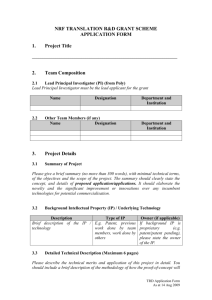
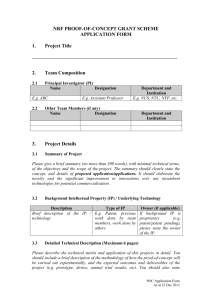
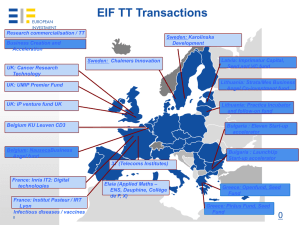
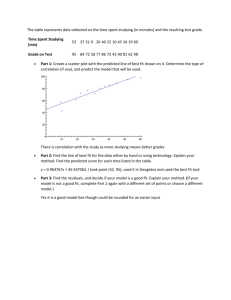
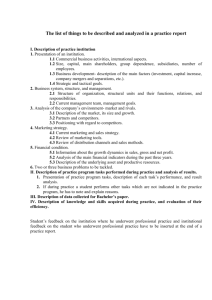
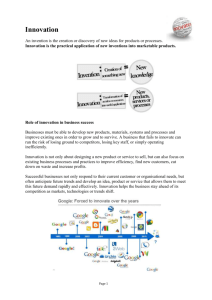
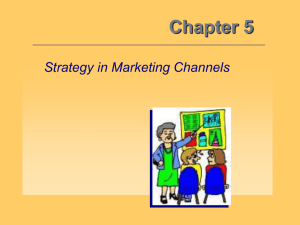
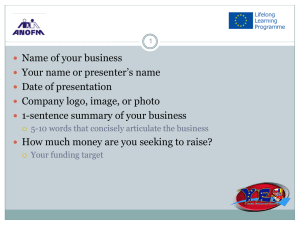
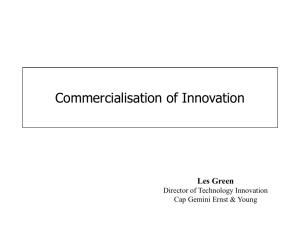
![Intellectual Property Advisor [AGREED] - Heriot](http://s3.studylib.net/store/data/007874931_2-6e73d6be289ab90d6b3ba9f98f61067d-300x300.png)
